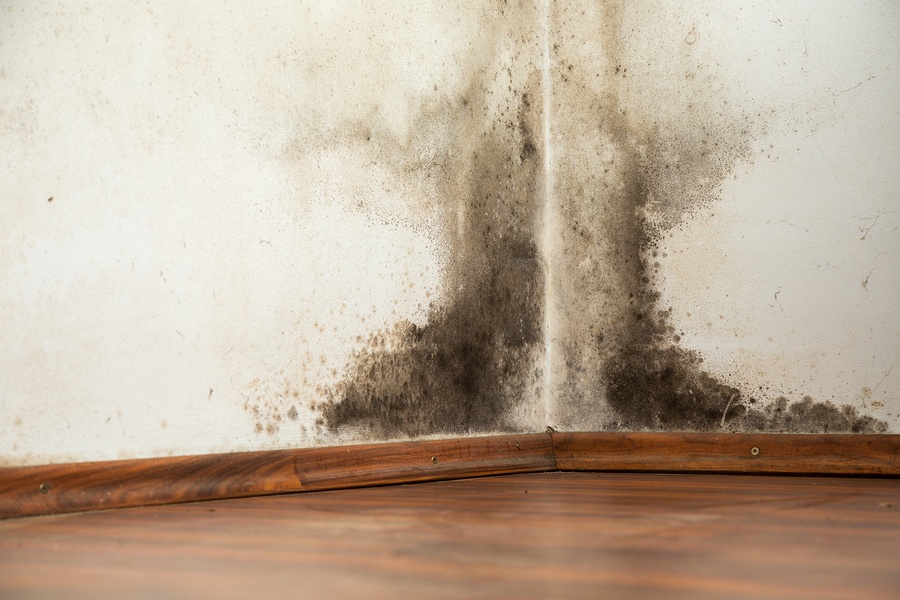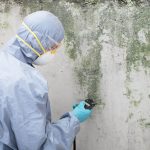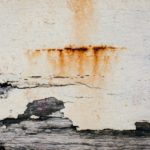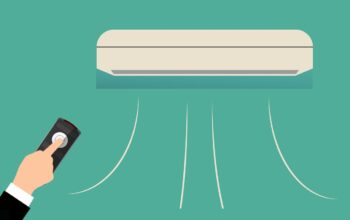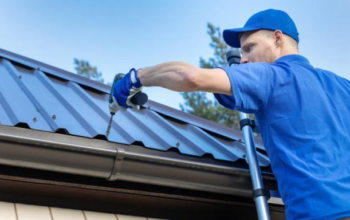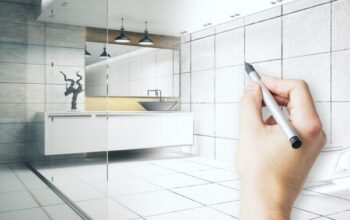What is Mold?
The term mold is used to mention fungi that grow in the form of multi-cellular thread structures called hyphae. It is often found in damp organic materials where it appears like stains and in different colors. A musty smell is a sign of microbial growth even if there are no visible signs of growth. In the case where mold starts growing in homes and offices, it can lead to poor inside air quality. Some molds are even more destructive such as dry rot fungus and Serpula lacrymans.

Types of Mold
There are different types of mold that are found both outdoors and indoors. Mold usually grows in dim-lit and damp areas such as basements, attics, bathrooms, and crawl spaces. It is more common in areas where there is a leak in the roof, broken pipes, window, seasonal flooding. Some of the most common indoor mold includes Aspergillus, Chaetomium, Cladosporium, Penicillium and Stachybotrys (black mold).
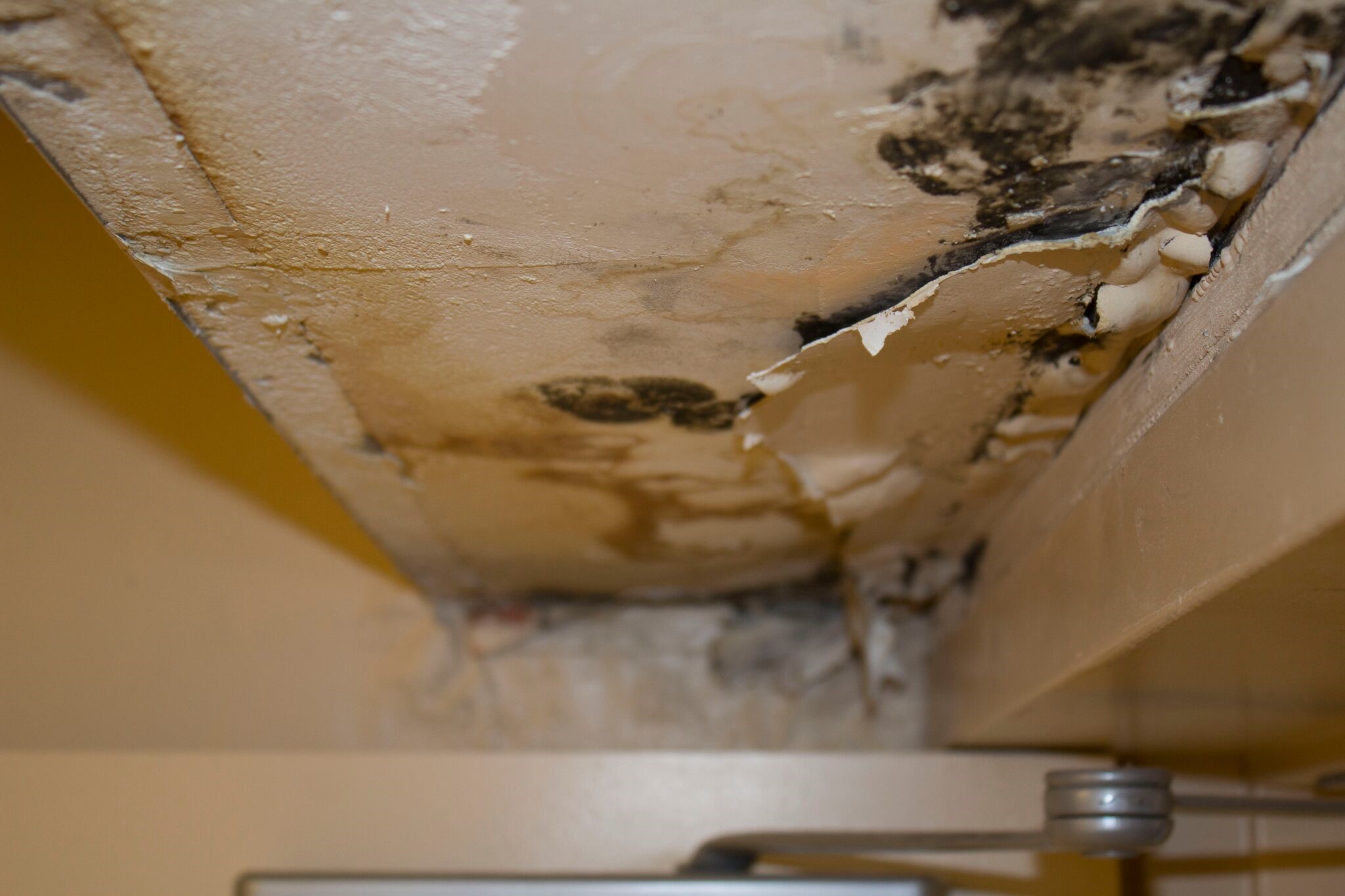
Black Mold
Black mold is one of the most common types of color for mold. It’s doesn’t mean it’s the dreaded Stachybotrys. It usually grows in humid, damp and dark places in homes. Just like other molds, it also releases spores into the air, which are inhaled by humans or absorbed by the skin. These mold spores release something called mycotoxins, which is what causes health issues. Mold is known as toxic because it causes respiratory reactions like sneezing, coughing, itchy and sore throat, and watery eyes. There are some common signs and symptoms of black mold which include:
- Musty smell
- Visible dark spots
- Irritation
- A sore throat
- Watery eyes
- Odd colors
What To Do When You Find It?
Protecting Your Home from Mold: – Wet damp places allow mold spores to grow and get in the air, which causes breathing problems. Unless it is controlled, it can cause damage to floors, walls, ceilings, and your home structure. It can also cause damage to your carpets, chairs, and sofas. The longer the mold grows the more damage it can cause. The ideal way to fix this problem is to:
- Find the place with damp wet areas and mold.
- Seek immediate help and fix leaks or other moisture issues first.
- Dry out the wet areas and replace the wet materials.
- Set up proper containment to protect the unaffected areas to the areas of the home that is affected. The contained area should also be put under negative pressure.
- Hand wipe all affected area with anti-microbial solution on all surfaces.
- Use a HEPA vacuum to clean all materials affected with mold spores in the contained area to help capture the mold spores and remove them.
In case you find mold in your home, have it tested by an industrial hygienist. People often make the mistake of cleaning up the mold without testing. It is vital to know the type of mold you are dealing with and how bad the problem is. Mold testers are experts who can give you thorough inspection to find all the effected areas of mold. Not only that Industrial Hygienist will help provide a cleaning protocol to be completed by a restoration professional. As a homeowner and business owner using a IH also puts the liability on them. If the problem is minor, smaller than 100×100 they may suggest cleaning it yourself and will give advice on how to remove it. If it’s bad, you need to hire a mold removal company to oversee the cleanup process.
Can mold affect your health?
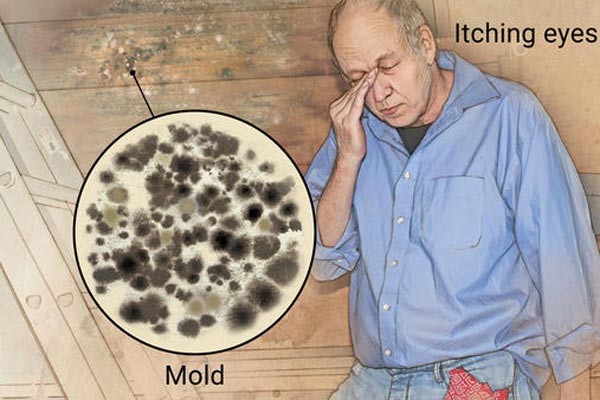
Mold can lead to different health issues such as inflammation, allergy, and other infections. The allergic reactions include sneezing, itchy nose, red eyes, and skin rashes. Moisture and mold can also trigger asthma attack and make symptoms such as coughing and wheezing worse. If you suspect a mold and moisture problem in your home, you might get a respiratory infection like flu and cold. People who are old, infants or with weak immune system mold can cause even more health hazards for these people.
Mold Remediation Process
There are five major steps involved in a mold remediation process explained below:
- Look for Signs
This step involves evaluating the visible signs of growth on walls or in corners. Mold is invisible intruders, growing behind and around every wall and piece of furniture. It’s important to understand that behind mold growth, there is a water and moisture problem. Hence, learn where the moisture comes from and how to solve it.
- Document the problem
Before mold remediation process, document the situation by writing, taking photos and recording video. This document can be used to develop a remediation plan.
- Calculate the contamination extent
Mold might not always grow in a single area, so figure out the level of contamination you are dealing with. Calculate the extent as it might impact how you deal with mold removal and cleanup. The objective of the mold remediation process is to clean up mold growing within your home and to avoid revealing homeowners to large amounts of mold.
- Remediate mold contamination
Remediation includes cleaning up and the removal of building materials affected by the mold. It also includes preventing new growth by addressing the source of moisture. Wipe down all affected areas with an anti-microbial cleaning agent.
Why You Shouldn’t Wait To Remove The Mold
Time is your biggest enemy when you find mold in your home or business. The longer mold sits in a structure the more damage it causes. Mold will start growing on other parts of the structure, furniture and even start causing physical damage to the property like rotting. Mold is typically not covered by your insurance company as well, making remediation even more difficult. The most an insurance company typically covers in terms of cost is likely $5,000. The reason this is the case is because of historically large payouts for mold damage. Along with the fact that mold growth is often due to maintenance and negligence, two other items that insurance does not cover. Mold can grow as quickly as 24-48 hours, imagine the type of damage it can cause if you don’t address the mold you find for weeks or months?
Related Posts

Loves home. I am here to provide how to make your home a much better place. 🙂 Blogging about HomeDecor, Home Improvements and more.
